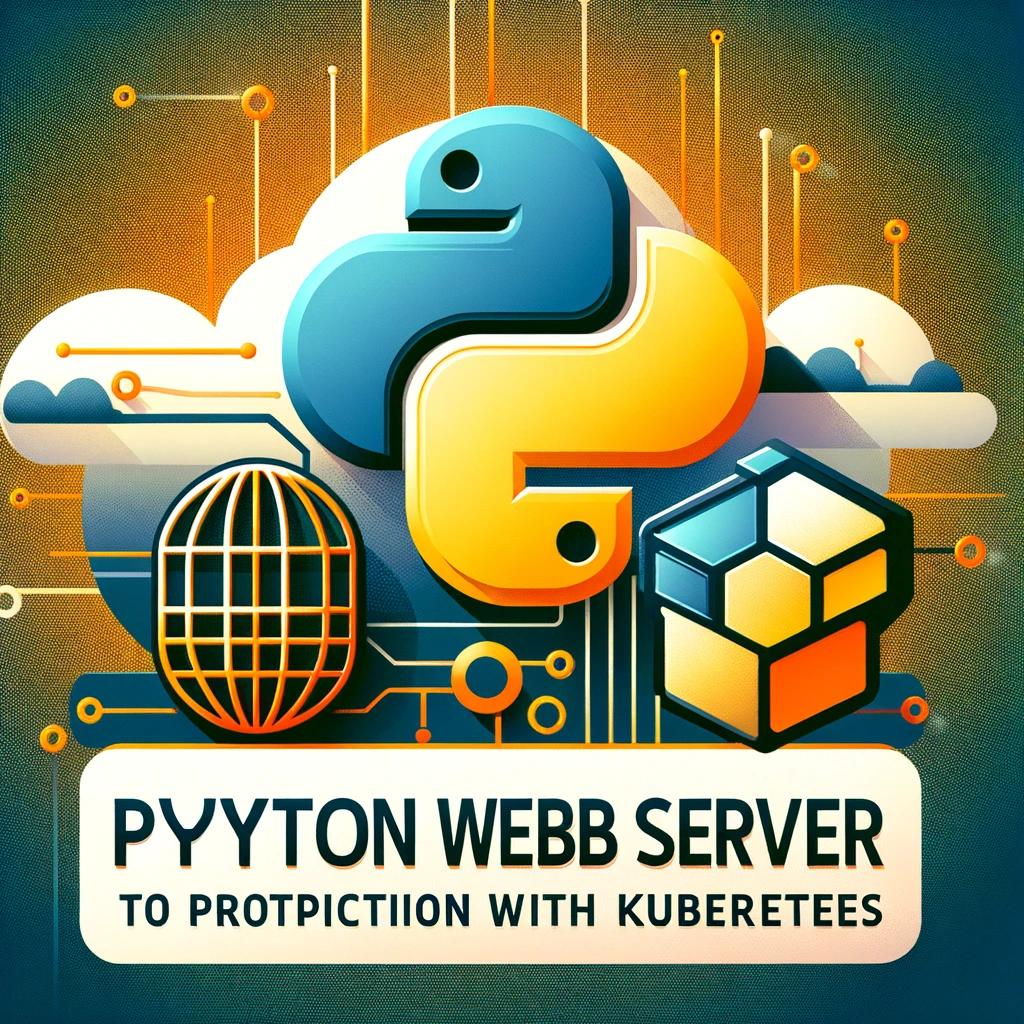Neo4j and the Power of Graph Databases in Data Science

Graph databases have become an essential tool in the data science toolbox, and Neo4j is at the forefront of this revolution. In this blog post, we'll explore how Neo4j leverages graph theory to provide a powerful platform for understanding complex relationships in data and how it can be used in data science applications.
Graph Theory and Neo4j
At its core, Neo4j is a database that utilizes graph theory to store and query data. Unlike traditional relational databases, which rely on tables and intermediate join operations, Neo4j uses nodes and relationships to represent and store data. This graph-based approach provides a more natural and intuitive way to model real-world entities and their connections.
Neo4j supports both binary and HTTP protocols and ensures ACID (Atomicity, Consistency, Isolation, Durability) compliance for transactions. It also offers high availability (HA) features for enterprise-level deployments.
Graph Fundamentals: Relational vs. Graph Databases
In a relational database, data is stored in tables with no inherent memory of relationships between entities. Relationships are established through joins, which can be computationally expensive. In contrast, graph databases like Neo4j store relationships directly as edges between nodes, allowing for faster and more efficient querying of connected data.
Conceptual Mapping from Relational to Graph
When transitioning from a relational to a graph database, the following mappings can be helpful:
- Rows in a relational table become nodes in a graph.
- Joins in relational databases are represented as relationships in a graph.
- Table names in relational databases map to labels in a graph.
- Columns in a relational table translate to properties in a graph.
Neo4j: A Graph-Native Database
Neo4j is designed as a graph-native database, meaning it's optimized for storing and querying graph data. This optimization provides significant performance advantages, especially as the number of joins increases. Queries that might take minutes in a relational database can often be executed in milliseconds with Neo4j.
Business Agility through Flexible Schema
One of the key advantages of Neo4j is its flexible schema, which allows for rapid iteration and adaptation to changing business requirements. This flexibility enables organizations to achieve greater business agility and quickly respond to new opportunities or challenges.
Neo4j's ACID Transactions
Neo4j ensures transactional consistency by adhering to ACID principles. This means that all updates within a transaction are either fully successful or fully rolled back, ensuring data integrity.
Use Cases for Graph Databases
Graph databases are particularly well-suited for scenarios where understanding relationships between entities is crucial. This includes problems involving self-referencing entities, exploring relationships of varying or unknown depth, and analyzing different routes or paths.
Neo4j Graph Database Platform
Neo4j offers a comprehensive graph database platform, including drivers and APIs for various programming languages, a free desktop version for discovery and validation, and tools for data analysis and graph algorithms. It also supports Java extensions for custom functionality.
User Interaction with Neo4j
Neo4j provides several tools for interacting with the database:
- Neo4j Browser: A web-based tool for exploring the database and crafting Cypher queries.
- Neo4j Bloom: A low-code/no-code graph visualization tool.
- Developer tools integration: Neo4j integrates with popular tools like Spark and Databricks for seamless development workflows.
Graphs and Data Science
In data science, graph databases like Neo4j are used for building knowledge graphs, executing graph algorithms, and implementing graph machine learning (Graph ML). Graph ML leverages embeddings to learn important features within the graph, enabling in-graph supervised machine learning.
Neo4j offers over 70 graph data science algorithms, covering areas such as search, community detection, supervised machine learning, predictions, similarity, graph embeddings, and centrality detection.
Conclusion
Neo4j's graph database platform offers a powerful and flexible solution for managing and analyzing complex data relationships. Its graph-native approach, ACID transactions, and extensive toolset make it an invaluable resource for data scientists looking to unlock the full potential of their data. Whether you're building knowledge graphs, exploring graph algorithms, or implementing graph machine learning, Neo4j provides the foundation you need to succeed in the world of data science.


